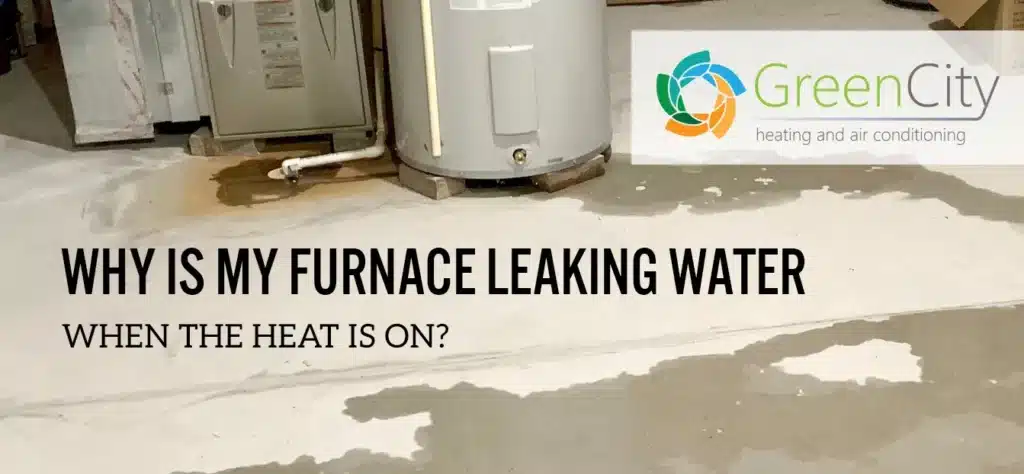
A leaking furnace is a common issue that homeowners face. Discovering a puddle of water near your furnace can be an early warning sign of impending issues, especially when the heat is on. Understanding the reasons behind it is crucial for timely and effective solutions. In this blog, you will get valuable insight into the practical steps needed to address the issue.
IDENTIFYING YOUR FURNACE TYPE
Before diving into the possible causes of a leaking furnace, it’s essential to determine the type of furnace you have. High-efficiency and standard-efficiency furnaces have distinct features. Look for the yellow Energy Guide label on your furnace and check the exhaust pipe. High-efficiency furnaces typically have AFUE ratings of 90% or higher and white PVC plastic pipes.
REASONS FOR FURNACE LEAKS
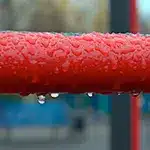
WATER CONDENSATION
Furnace leaks often result from water condensation, especially during the winter. Hot air rises, causing water to fall from heating vents. Frequent on/off cycles and increased water on the floor may indicate a leak.
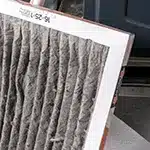
BLOCKED AIR RETURN
Furnace leaks often result from water condensation, especially during the winter. Hot air rises, causing water to fall from heating vents. Frequent on/off cycles and increased water on the floor may indicate a leak.
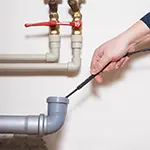
CLOGGED PVC DRAIN LINE
When water appears around your furnace, it might not originate from the furnace itself but rather from a clogged PVC drain line. This line is responsible for directing spilled water away from the furnace. If clogged, it can result in increased water accumulation, indicating a potential leak.
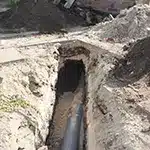
BLOCKED DRAIN LINE TO SEPTIC TANK
A common source of furnace leaks is a blockage in the drain line connecting the furnace to the septic tank. While it serves as an efficient water disposal method, blockages can lead to water accumulation inside or around the furnace. A professional inspection is advisable to address this issue.
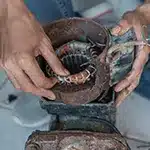
CONDENSATE PUMP PROBLEMS
Furnace leaks may occur if the condensate pump fails. In winter, this pump works to introduce water into your house to maintain warm air. A malfunctioning pump may struggle to handle the excess water, resulting in increased condensation on the floor. If you observe elevated water levels around the furnace, seeking professional assistance is recommended.
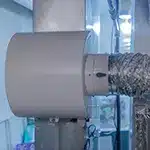
HUMIDIFIER MALFUNCTION
Clogged humidifiers can contribute to furnace leaks, causing additional condensation on the floor. If water pours into a bucket on the ground instead of draining properly, it indicates a potential issue. Consult a professional if this occurs frequently and your furnace isn't effectively draining water onto the ground.
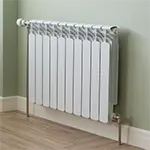
ISSUES WITH SECONDARY HEAT EXCHANGER
Following a furnace leak, if you notice water on the floor unrelated to the furnace itself, it might be linked to a problematic secondary heat exchanger. This chamber, connected to the central furnace, helps regulate temperature. Even when seemingly empty, a clog with calcium carbonate can lead to increased floor condensation.
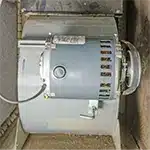
FAULTY OR BROKEN BLOWER MOTOR
Observing water leaks from your furnace while the blower motor isn't functioning could be due to a faulty or broken motor. Problems with the screws connecting the blower motor.
HOW DANGEROUS FURNACE WATER LEAKAGE IS?
Water leakage from the furnace is very dangerous. Beyond the inconvenience of puddles, a leaking furnace poses a serious risk of electrocution. Immediate actions such as turning off the furnace, cleaning up the water, and seeking help from a furnace expert is required. A leaking furnace can also have a negative impact on indoor air quality which is a health concern as well since per the EPA, 90% of Americans on average spend their life indoors.
REASONS FOR FURNACE LEAKS

POWER DOWN THE FURNACE
Swiftly disable the furnace at the thermostat, unit switch, or circuit breaker to halt water flow and ensure your safety.

ADDRESS POOLED WATER
Employ towels, a mop, or a wet-dry vacuum to swiftly absorb and eliminate pooled water in the vicinity of the furnace, preventing further damage.

INSPECT THE FURNACE
If you feel confident, remove the access panel to inspect for internal water drips. Gently towel dry any visible drips with caution.

EVALUATE AND REPLACE THE AIR FILTER
Examine the air filter for dampness or dirt. Swap it out if it's soiled or wet to maintain optimal airflow and deter future leaks.

TACKLE CONDENSATE LINE ISSUES
Endeavor to clear a potentially clogged condensate line using a blend of equal parts white vinegar and hot water. Repeat the process if necessary for common condensation-related concerns.

PRIORITIZE ROUTINE FURNACE MAINTENANCE
Plan regular furnace maintenance inspections with a professional HVAC technician to proactively prevent future leaks and address any emerging issues.
LOOK FOR EXPERT ASSISTANCE
While these steps can minimize immediate damage, it’s crucial to call an HVAC technician for a thorough diagnosis and proper solution. Leaking water from a furnace may indicate underlying issues requiring expert attention. For reliable and expert furnace services, contact Green City Heating and Air Conditioning. Our team is committed to ensuring your comfort and safety in Kent, Auburn, and surrounding areas. We always prioritize your comfort and safety.




